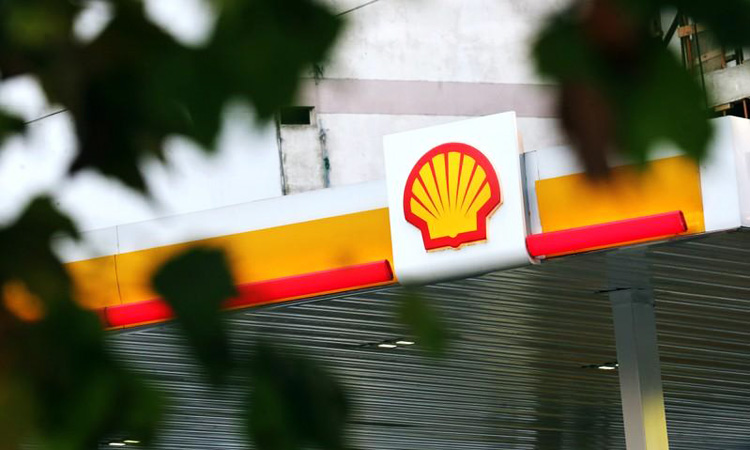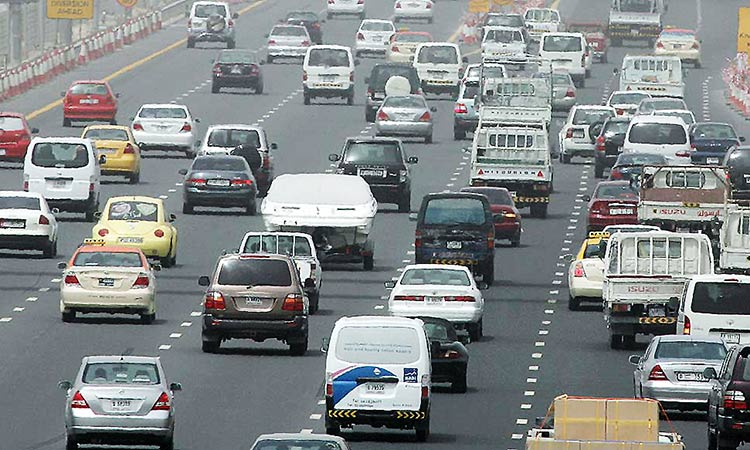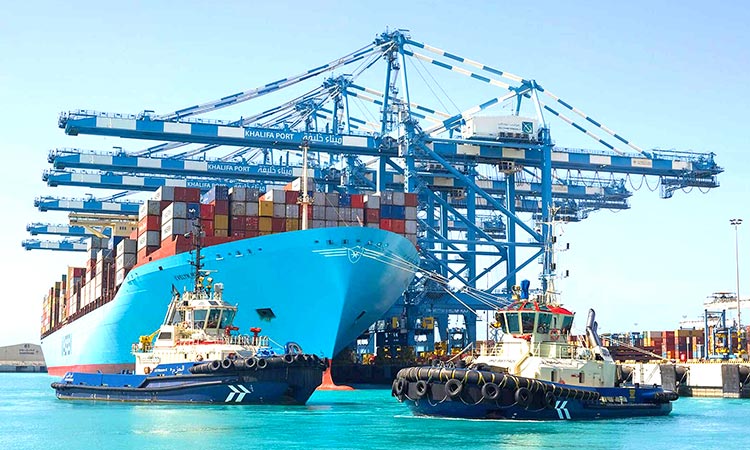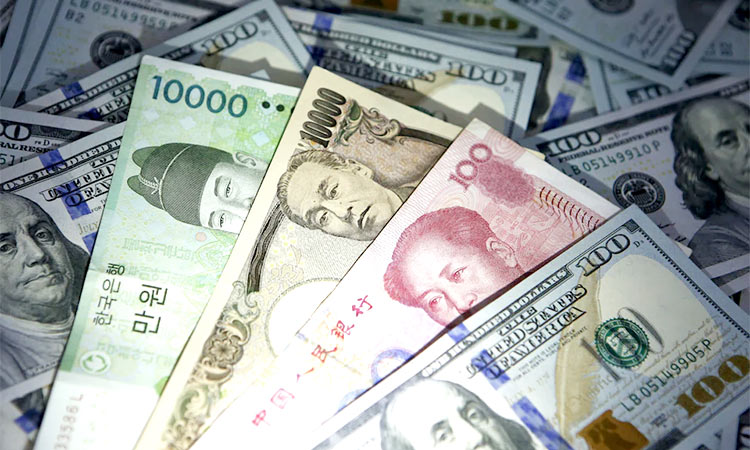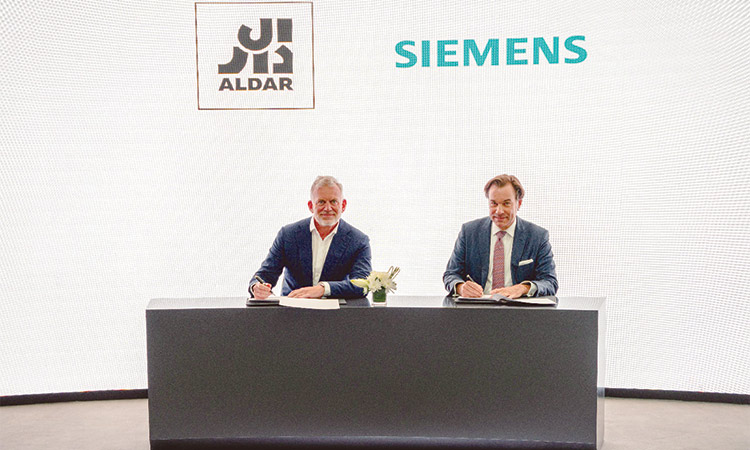Four companies vie for Pakistan LNG’s multi-year import tender
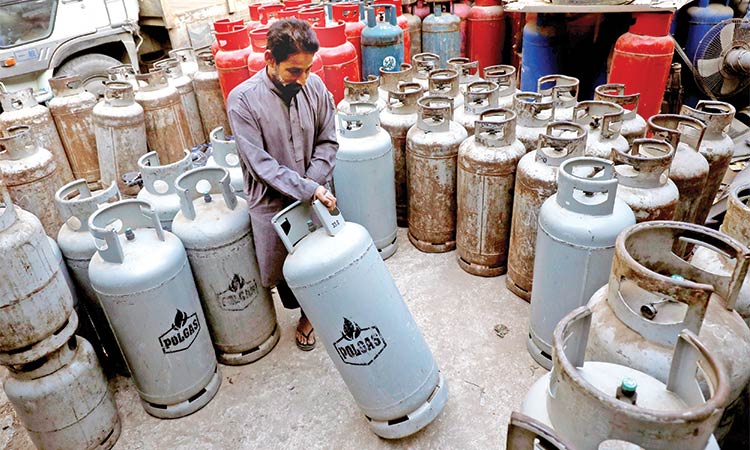
A worker moves a gas cylinder at a workshop in Karachi. Reuters
The 240-cargo 10-year tender, which is likely to be worth from $5 billion to $6 billion according to Reuters calculations and the estimates of another source based on current market conditions, was issued last month and closed on Thursday.
The cargoes will be delivered into the Pakistan GasPort Consortium terminal, with first delivery expected between September 2019 to March 2020. Pakistan LNG is expected to award the tender in August.
Pakistan is expected to be a significant growth driver in global LNG demand, with WoodMac estimating the country will need 25 million tonnes a year as domestic supplies dwindle and its economy grows. That would make it a top-five LNG buyer.
The companies that placed the offers are Eni, the trading arm of Azeri state oil company SOCAR, PetroChina International Singapore, a unit of PetroChina Co and global trading house Trafigura, the sources said.
“The technical bids for our long-term LNG supply tender were received and opened yesterday. Evaluations are underway,” Pakistan LNG said in emailed comments to Reuters. The company did not say who bid.
PetroChina, Trafigura, Eni and SOCAR did not respond to emails requesting comment.
The tender is keenly watched due to its size and because Pakistan, gripped in an anti-corruption drive under the government of Prime Minister Imran Khan, is expected to publish the lowest prices offered by the companies.
This will give a valuable insight into the opaque LNG market, which is characterised by closed bilateral trades, secret long-term supply agreements and an over-the-counter spot market.
Commercial offers are expected to be opened on Aug.2, one of the sources said, which is when tender issuer Pakistan LNG is likely to announce the prices.
The largest tender in recent years was issued by Egypt in October 2016 for 96 cargoes, but that was for a two-year period between 2017 and 2018 after the country suffered an acute gas shortage.
Pakistan, like most Asian buyers, purchases LNG priced against Brent crude oil expressed as a price slope, or per centage of the oil contract.
In the last short-term tender, Pakistan said the lowest offers came in at 7.13% and 8.54% of Brent, or around $4.4 to $5.3 per million British thermal units at the prices of that day on June 14.
But multi-year contracts in the past year have tended to use a higher price slope - around 11 to 12%. That would place the price tag for the 240 cargoes - over 15 million tonnes in total - at between $5 billion and $6 billion.
Pakistan LNG issued the tender in early June to import 240 LNG cargoes of 140,000 cubic metres each for delivery over a 10-year period for the country’s second LNG terminal.
Both counterparties will also have the option for a price review after five years from the start of the contract, according to the bid documents.
The country’s biggest supplier currently is Qatar, with which it signed a deal in 2016 for 3.75 million tonnes of LNG a year for 15 years. It also has a five-year import deal with commodity trader Gunvor and a 15-year agreement with Eni.
Meanwhile, Pakistan’s central bank raised its main policy rate by 100 basis points on Tuesday to 13.25%, citing increased inflationary pressures and a likely near-term rise in prices from higher utility costs.
The increase follows this month’s accord with the International Monetary Fund (IMF) on a $6 billion loan package that comes with tough conditions aimed at cutting Pakistan’s substantial fiscal and current account deficits and bolstering its shrinking currency reserves.
State Bank of Pakistan Governor Reza Baqir said the decision to raise rates took into account upside inflationary pressures and the impact from recent increases in utility prices passed under the government’s recent budget.
He said the central bank’s monetary policy committee (MPC) stood ready to act on unexpected developments that could prompt either further modest tightening or easing in monetary policy. But the latest rise had completed the necessary policy measures to address longstanding imbalances.
“With this decision on interest rates, the MPC is of the view that the adjustment related to interest rates and the exchange rate from previously accumulated imbalances has taken place,” the committee said in a statement.
The central bank has now increased its main policy rate nine times since the beginning of last year, raising it by a total of 750 basis points as it has struggled to control inflation, a widening fiscal deficit and pressure on the rupee currency.
Reuters
